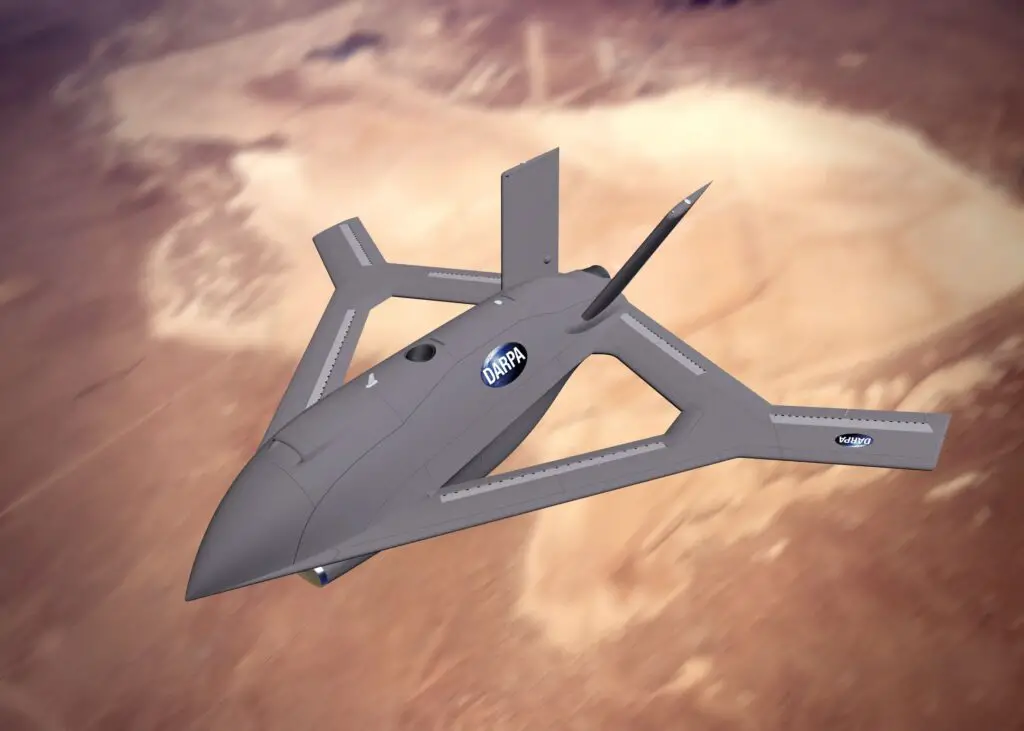DARPA is working on novel active airflow control technologies to enable an aircraft to maneuver without requiring the use of moving surfaces.
DARPA selected Aurora Flight Sciences to move into the detailed design phase of the Control of Revolutionary Aircraft with Novel Effectors (CRANE) program. This decision follows the successful completion of the Phase 1 preliminary design of the project, which resulted in an innovative test aircraft that used active flow control (AFC) to generate control forces in a wind tunnel test.
DARPA enters a new phase in creation of an aircraft with no exterior moving parts. @AuroraFlightSci will design a full-scale X-plane that relies solely on changes in air flow for in-flight maneuvers. #ActiveFlowControl #XPlane
More: https://t.co/wnD5tSbt77 pic.twitter.com/RYdYDWvPyJ— DARPA (@DARPA) January 17, 2023
Phase 2 will focus on detailed design and development of software and flight controls, culminating in a critical design review of an experimental aircraft demonstrator, which can fly without traditional movable flight controls on the outside of the wings and tail.
The contract includes a Phase 3 option in which DARPA intends to fly a 7,000-pound (3,175 kg) test model that addresses the two primary technical hurdles of incorporation of AFC into a full-scale aircraft and reliance on it for controlled flight. Unique features of the demonstrator aircraft will include modular wing configurations that enable future integration of advanced technologies for flight testing either by DARPA or potential transition partners.
“Over the past several decades, the active flow control community has made significant advancements that enable the integration of active flow control technologies into advanced aircraft. We are confident about completing the design and flight test of a demonstration aircraft with AFC as the primary design consideration,” said the CRANE Program Manager Richard Wlezien
See also: Tesla 2.0: DARPA works on the Internet of Energy
The AFC suite of technologies enables multiple opportunities for aircraft performance improvements, such as elimination of moving control surfaces, drag reduction and high angle of attack flight, thicker wings for structural efficiency and increased fuel capacity, and simplified high-lift systems.
“Thanks to a variety of innovative participants, the CRANE program has significantly advanced the state of the art of multiple active flow control technologies,” said Wlezien. “We are uniquely positioned to build on those achievements by evaluating a wide range of relevant technologies during our planned X-plane flight tests.”














